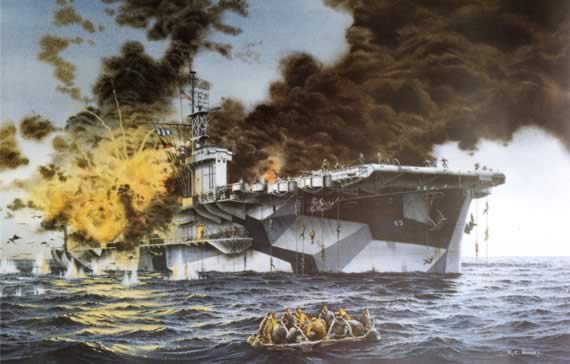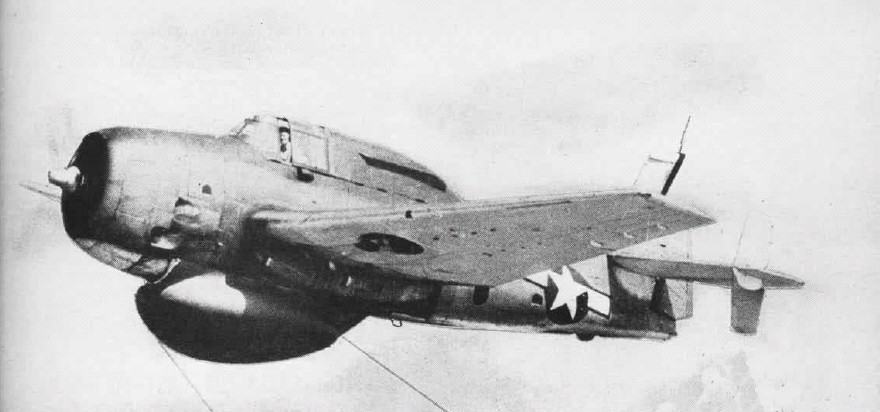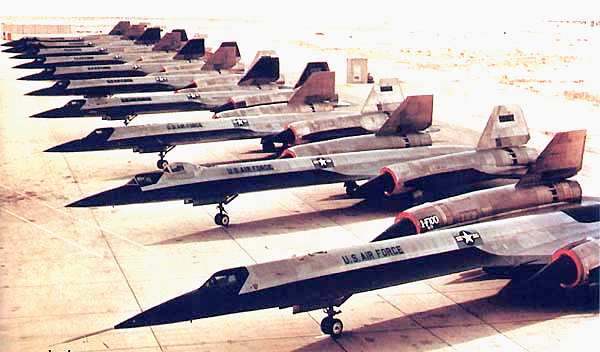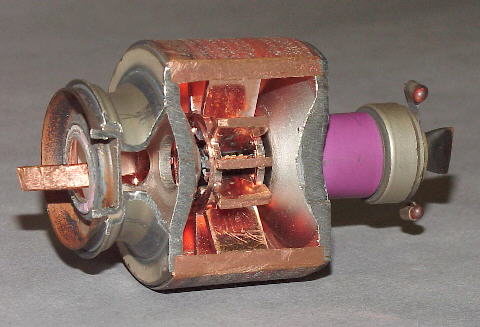Flightdeck Friday – Postings from the Naval Aviation Museum
After having spent the better part of a day re-visiting the National Museum of Naval Aviation, located onboard NAS Pensacola, there is much to post about – most good, but some others. For background, despite spending 26 years on active duty, when I left Pensacola for the E-2C replacement squadron (RVAW-120) in Norfolk, I would…





